Wet vs. Dry Cat Food: Which Is Right for Your Feline Friend?
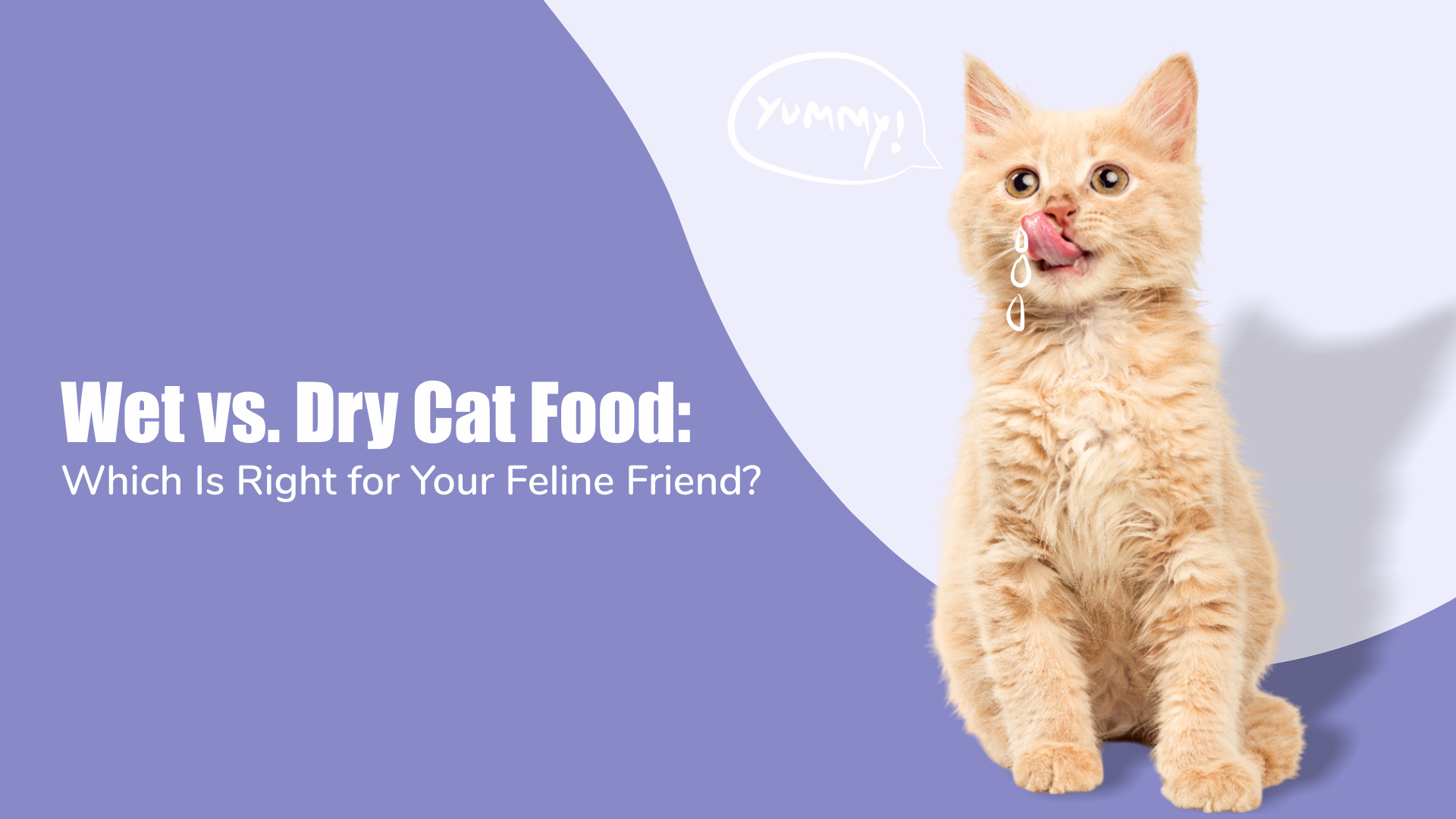
Choosing the right food for your cat is essential for their health and happiness. Many pet owners struggle to decide between wet vs dry cat food. Both options have unique benefits and drawbacks, which makes the choice even harder. Understanding the differences can help you make an informed decision for your feline friend.
Understanding Your Cat’s Dietary Needs
Why Nutrition Matters for Cats
Cats require a well-balanced diet to maintain their energy levels and overall health. Their diet should include essential nutrients such as proteins, fats, and carbohydrates. Choosing the best wet cat food or the best dry cat food depends on your cat's nutritional needs.
The Role of Protein, Fats, and Carbs in Cat Food
Cats are obligate carnivores, meaning they require high amounts of protein. Fats provide energy, while carbohydrates should be limited. Wet cat food vs dry cat food varies in nutrient composition, making it necessary to check ingredient lists carefully.
Common Health Concerns in Cats Related to Diet
Improper nutrition can lead to obesity, diabetes, kidney disease, and digestive issues. Wet vs dry cat food choices should align with your cat’s specific health requirements to prevent these problems.
Exploring Wet Cat Food
What Is Wet Cat Food?
Wet cat food contains high moisture content, making it more hydrating. It comes in cans or pouches with different textures, such as pâté or chunks in gravy.
Benefits of Wet Cat Food for Your Cat's Health
Wet cat food supports hydration, kidney health, and digestion. It is often recommended for cats prone to urinary tract issues and dehydration.
Best Wet Cat Food Options: What to Look for
When choosing the best wet cat food, look for high protein, minimal fillers, and grain-free options. Check for added vitamins and minerals to support overall health.
Wet Food for Picky Eaters and Older Cats
Wet food has a stronger aroma and softer texture, making it ideal for picky eaters and senior cats with dental issues.
Exploring Dry Cat Food
What Is Dry Cat Food (Kibble)?
Dry cat food consists of small, crunchy kibble pieces made from processed ingredients. It has a longer shelf life and is easy to store.
Benefits of Dry Cat Food in Your Cat’s Diet
Dry food is convenient, cost-effective, and less messy than wet food. It helps maintain dental health by reducing plaque buildup.
Best Dry Cat Food Options: Choosing Wisely
Look for high-protein dry cat food with minimal artificial additives. The best dry cat food should have real meat as the first ingredient.
Dry Food and Dental Health: Myths vs. Facts
While dry cat food can reduce plaque, it is not a substitute for proper dental care. Regular brushing is essential for maintaining oral health.
Wet vs. Dry Cat Food
Key Differences Between Wet and Dry Cat Food
Wet cat food has higher moisture content, while dry food is more calorie-dense. Wet food aids digestion, whereas dry food provides convenience.
Wet Cat Food: Pros and Cons
Pros:
- High moisture content
- More palatable for picky eaters
- Supports kidney and urinary health
Cons:
- Shorter shelf life after opening
- More expensive than dry food
- Requires refrigeration
Dry Cat Food: Pros and Cons
Pros:
- Cost-effective and convenient
- Easy to store and serve
- May help with dental health
Cons:
- Lower moisture content
- Less appealing to some cats
- May contribute to obesity if overfed
Comparing Nutrients in Wet vs. Dry Cat Food
Wet food often contains higher protein and moisture, while dry food provides concentrated nutrients. A combination of both can balance your cat’s diet.
Combining Wet and Dry Cat Food
How to Balance Wet and Dry Cat Food in Your Cat’s Diet
Mixing wet and dry food provides hydration and convenience. Ensure portion control to avoid overfeeding.
Benefits of a Mixed Diet for Cats
A mixed diet offers variety, improved hydration, and balanced nutrition. It caters to different dietary needs throughout your cat’s life.
Tips for Transitioning Between Wet and Dry Food
Introduce new food gradually. Mix small amounts of the new food with the old one and increase the proportion over a week.
Choosing the Best Cat Food for Your Cat
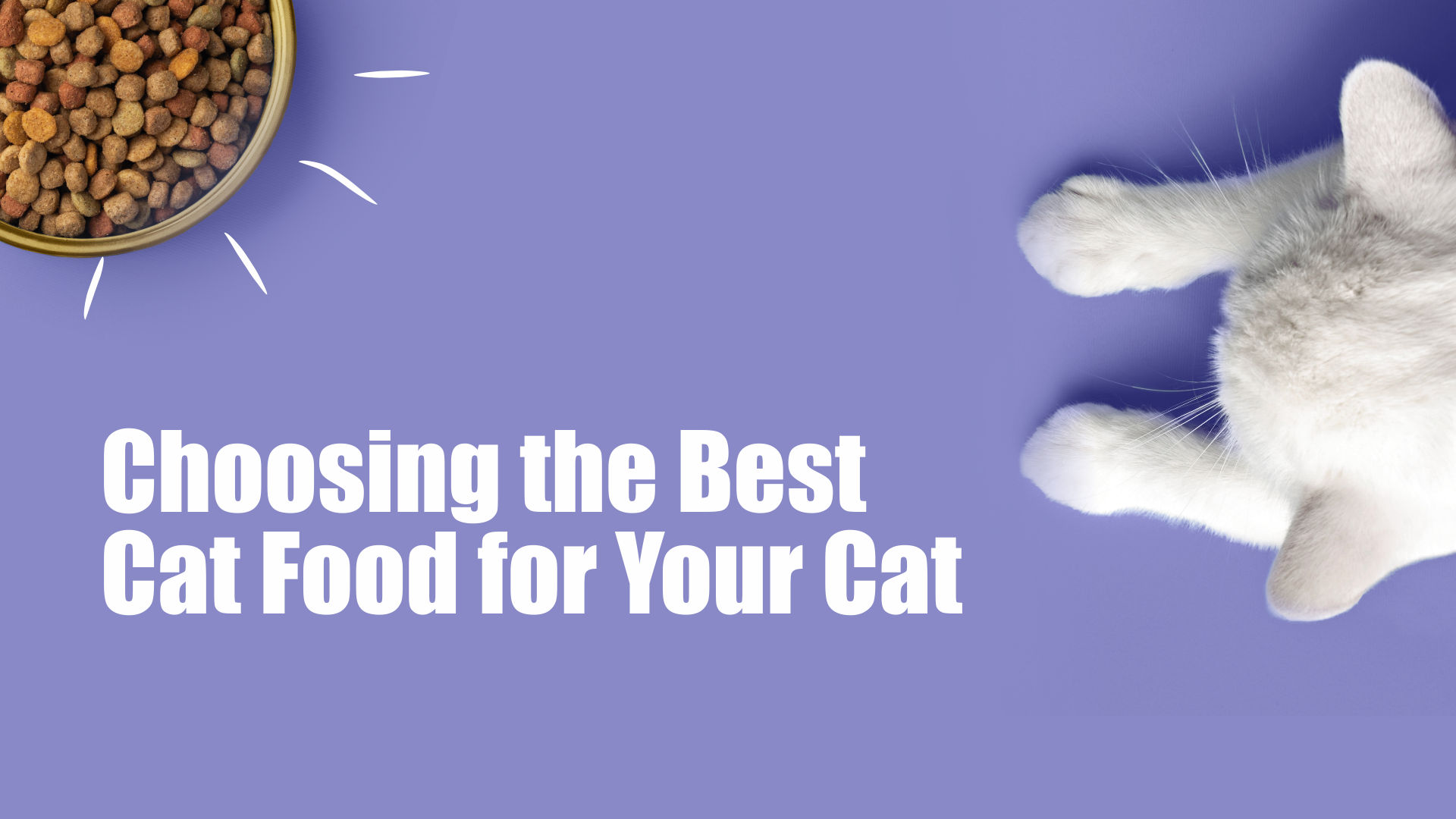
Factors to Consider: Age, Health, and Preferences
Kittens, adults, and senior cats have different dietary needs. Health conditions and taste preferences should also guide your decision.
Wet vs. Dry Cat Food for Kittens
Kittens require high-protein food with essential nutrients. Wet food is easier for them to chew and provides necessary hydration.
Wet vs. Dry Cat Food for Adult and Senior Cats
Adult cats need a balanced diet, while senior cats benefit from wet food for hydration and easier digestion.
Budget Considerations: Is Wet or Dry Cat Food More Affordable?
Cost Comparison of Wet and Dry Cat Food
Wet food is more expensive per serving, while dry food is cost-effective. Bulk purchasing can help reduce costs.
Can Wet or Dry Food Help Save Money in the Long Run?
Investing in high-quality cat food can prevent health issues, saving on vet bills in the future.
Common Mistakes to Avoid When Choosing Cat Food
Choosing Based on Price Alone
Cheap cat food may lack essential nutrients. Quality should be the top priority when selecting your cat’s diet.
Ignoring Your Cat’s Health Needs
Each cat has different dietary requirements. Consult a vet before making significant changes to their diet.
Overfeeding or Undereating: Striking the Right Balance
Follow feeding guidelines and monitor portion sizes. Obesity and malnutrition can result from improper feeding.
Conclusion
Both wet and dry cat food offer benefits and drawbacks. The best choice depends on your cat’s health, age, and personal preferences. Combining wet and dry food can provide a balanced diet, ensuring a happy and healthy cat.
Frequently Asked Questions
Q.) What is the best type of cat food for my cat?
The best food depends on your cat’s age, health, and dietary needs. Consult your vet for personalized advice.
Q.) Can I mix wet and dry cat food?
Yes, mixing both can provide balanced nutrition and hydration. Ensure you follow proper portion control.
Q.) How do I know if my cat prefers wet or dry food?
Observe your cat’s eating habits. Some cats enjoy the texture of wet food, while others prefer the crunch of dry kibble.
Is it necessary to provide both wet and dry food for my cat?
It is not necessary, but a combination of both can offer nutritional benefits and variety in their diet.







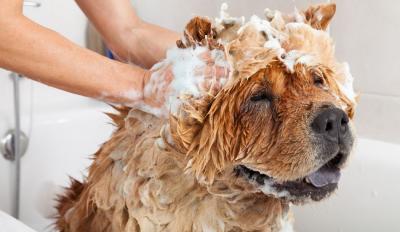
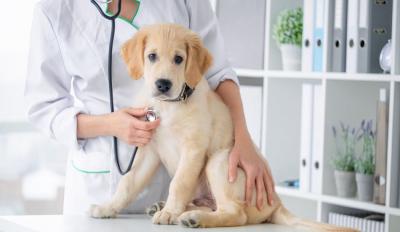
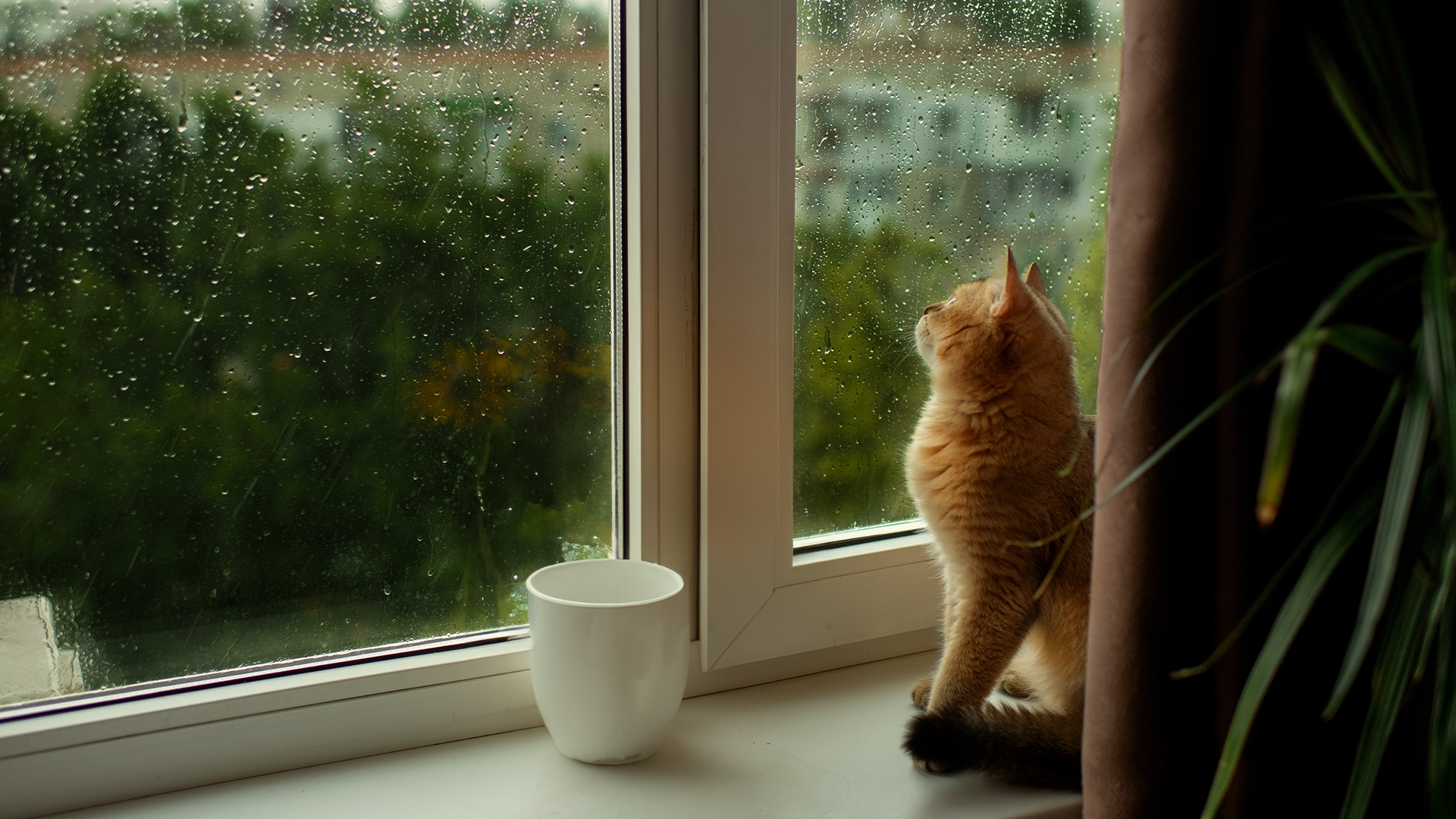



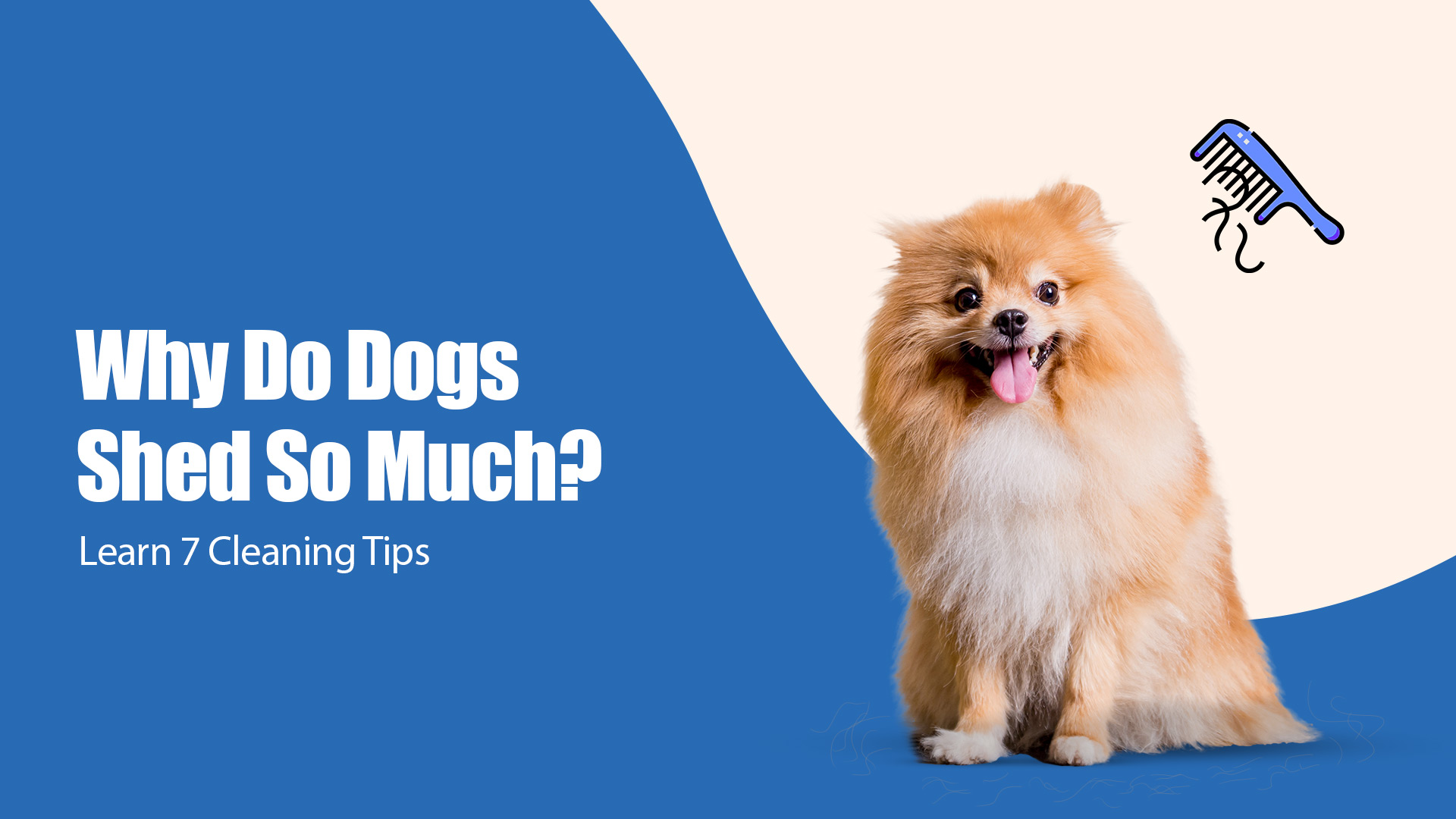
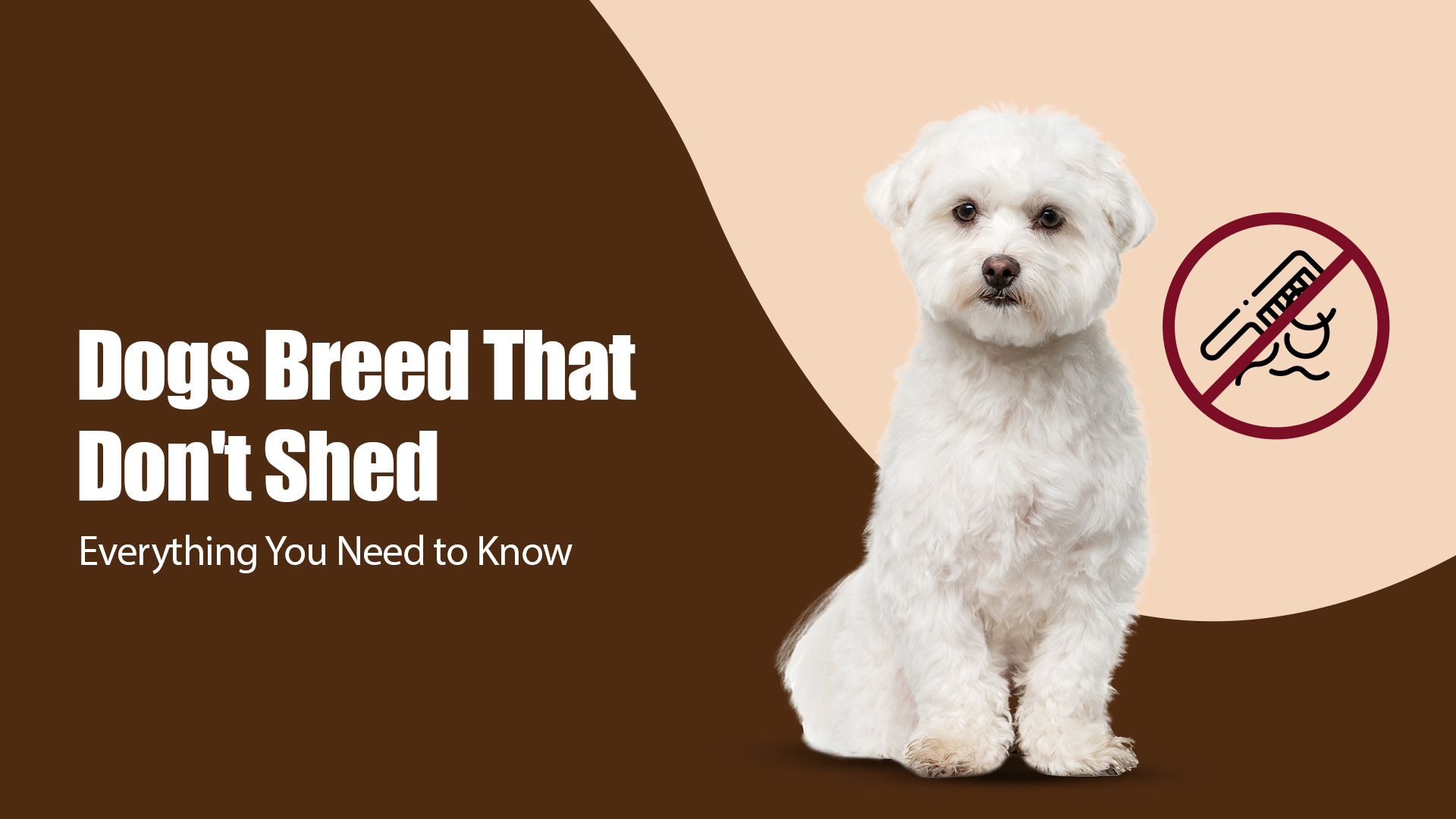
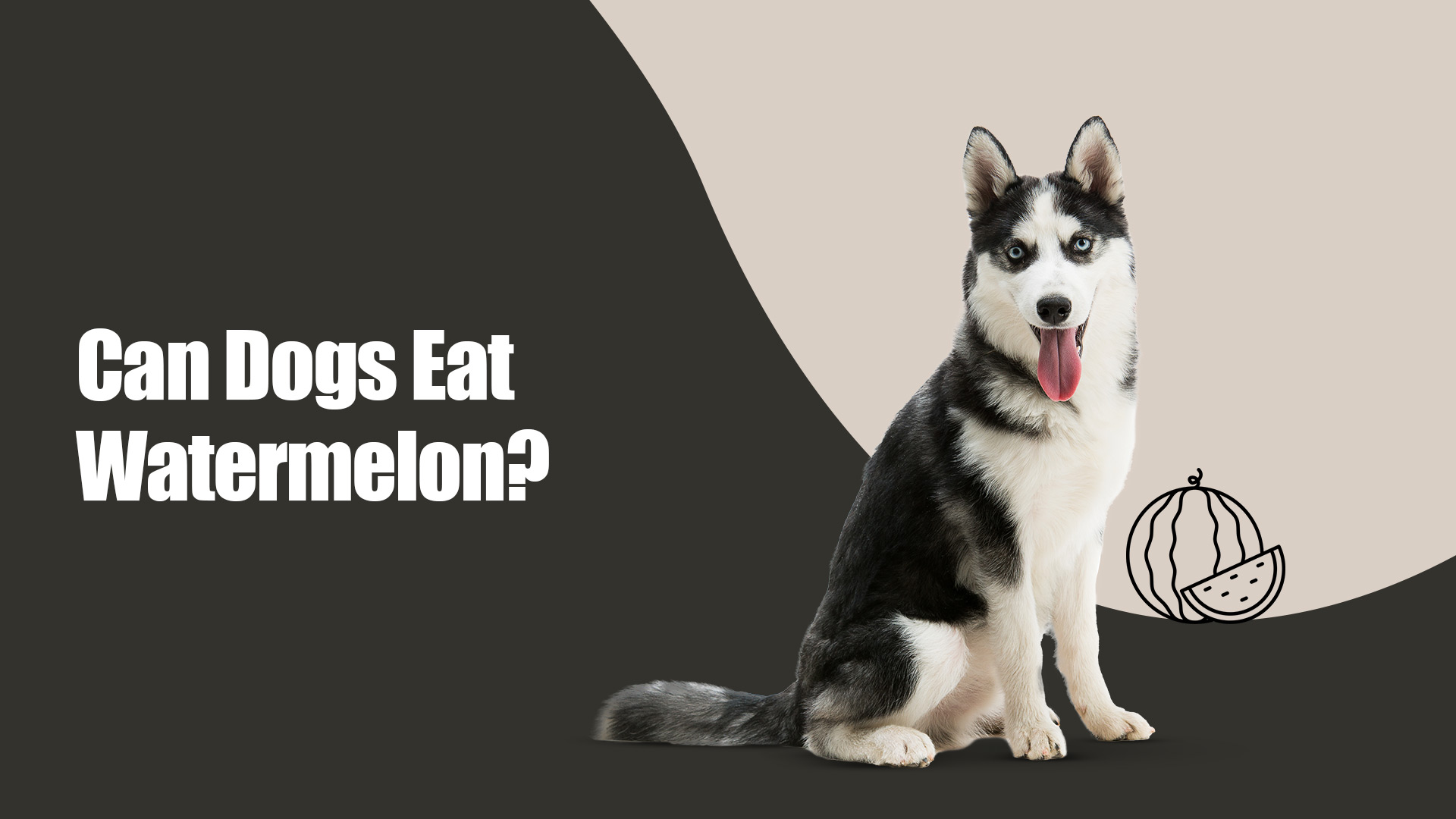
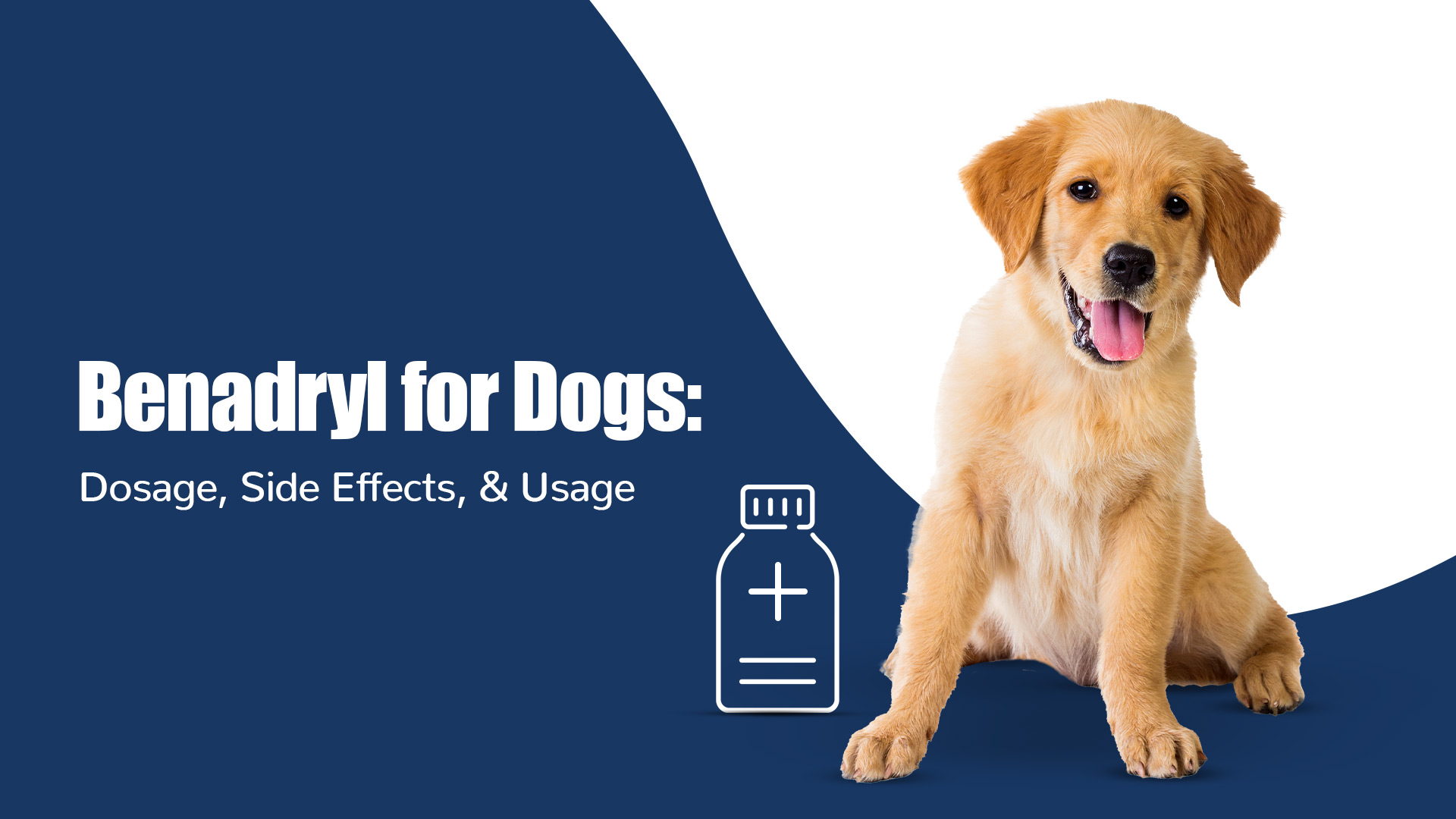
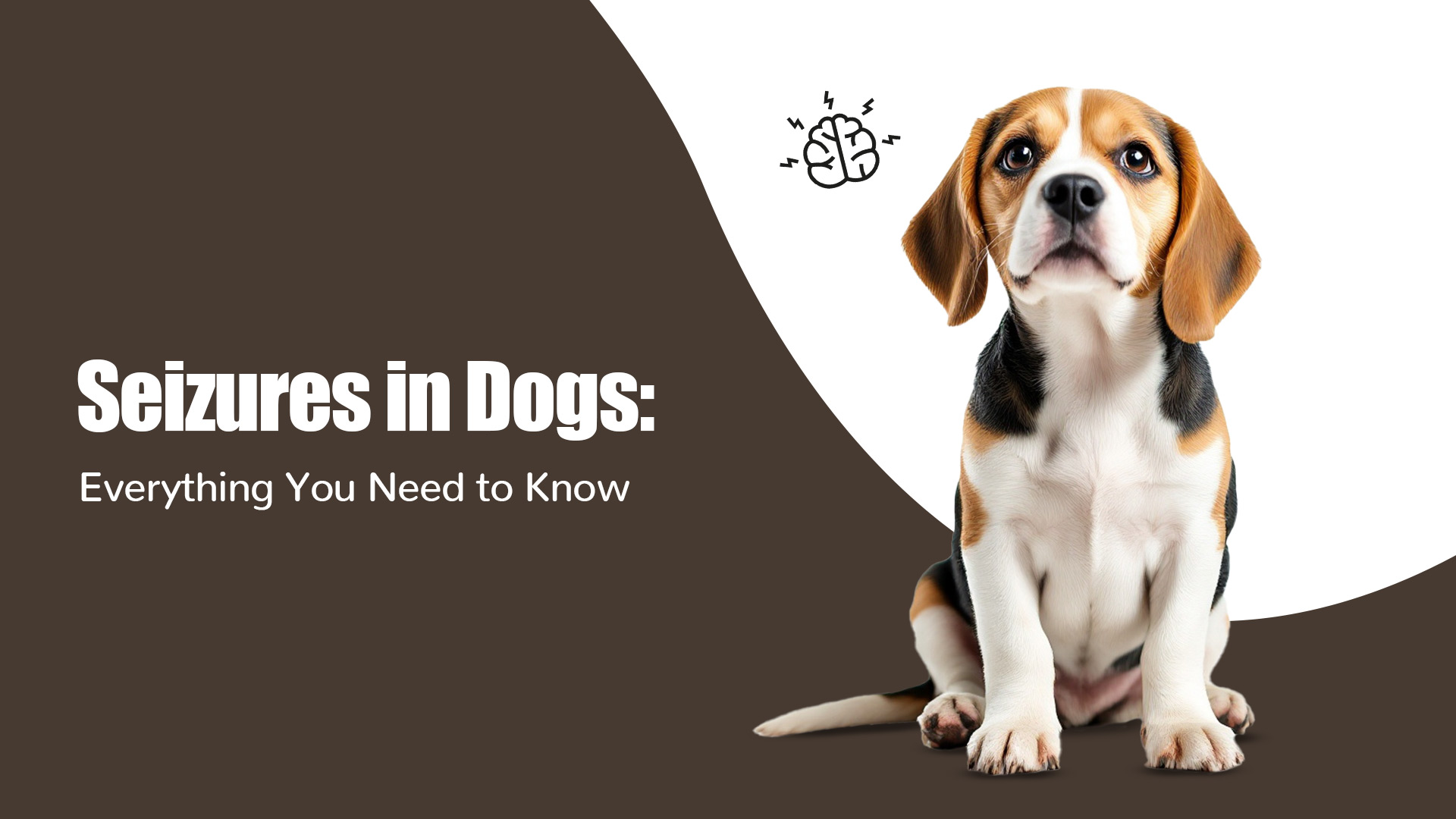
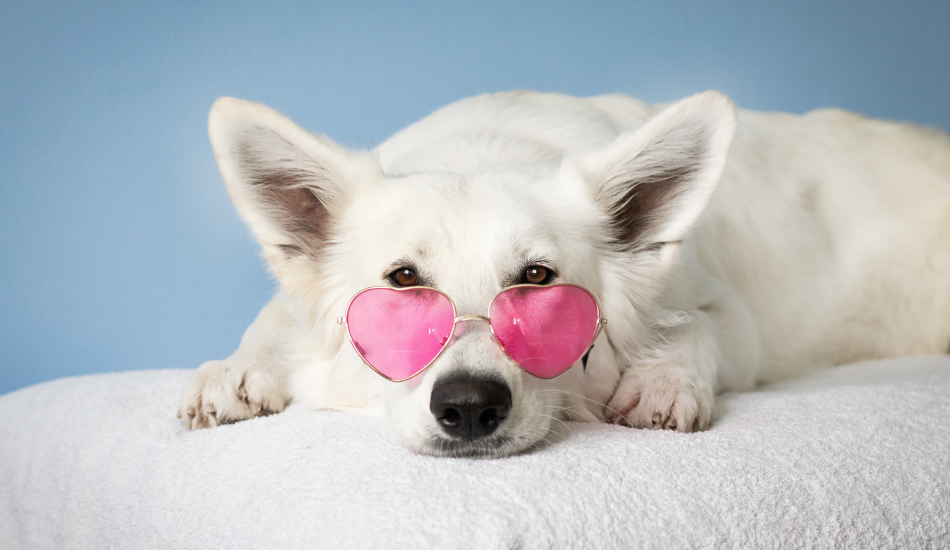
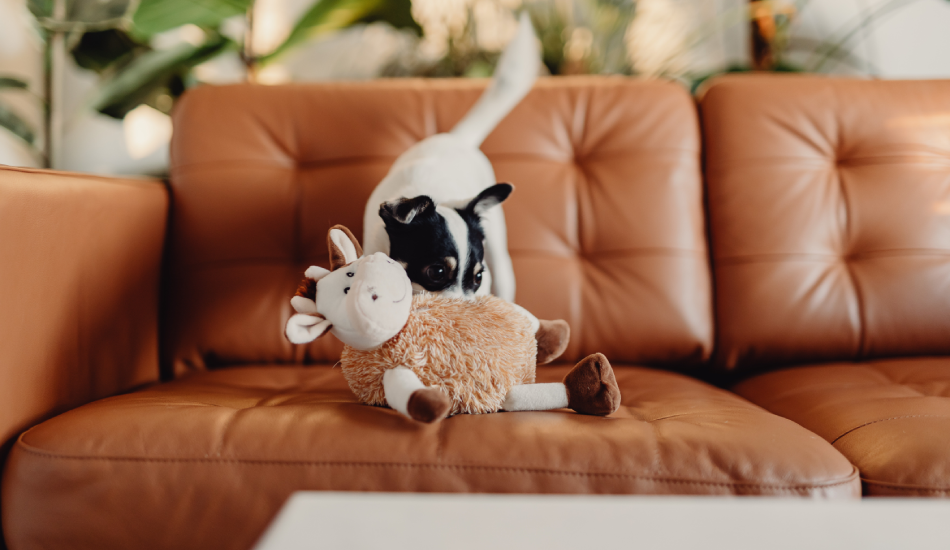
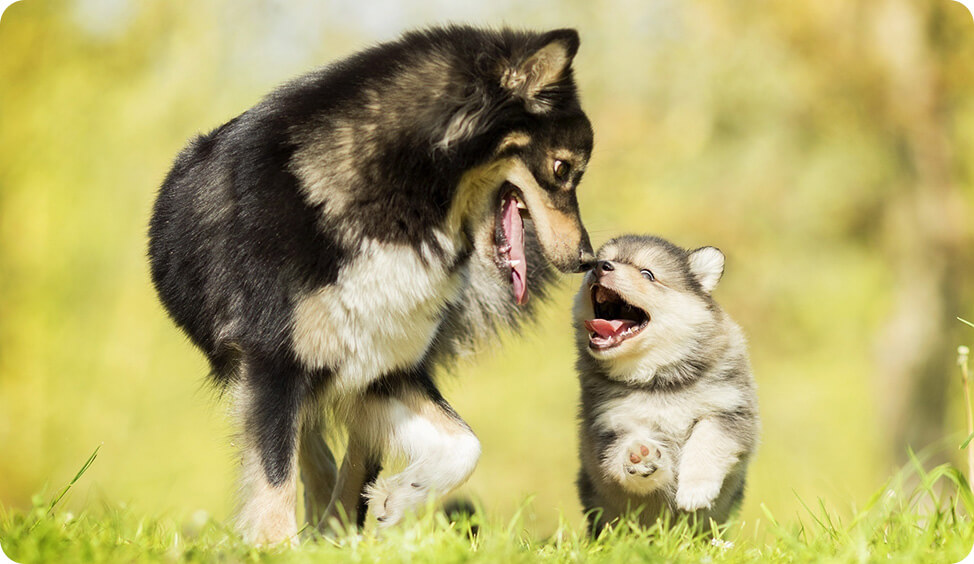

The information below is required for social login
Create New Account